There are many fascinating places around the world that most travelers can only dream of visiting. Some locations are restricted because of environmental protection, safety concerns, or national security. These areas often hold historical, cultural, or natural significance, making them captivating yet off-limits. Tourists cannot enter freely, but learning about these places sparks curiosity and highlights the importance of preserving sensitive locations. From remote islands to secret government facilities, these restricted spots show that not every beautiful or mysterious place is accessible. Some areas are protected to conserve wildlife, safeguard indigenous populations, or maintain the integrity of historical sites. Others are off-limits because they contain classified military operations or dangerous wildlife. Even though these places cannot be visited, exploring them through stories, documentaries, and virtual tours offers a unique experience. Understanding the reasons behind restrictions teaches respect for nature, culture, and security worldwide.
1. North Sentinel Island, India
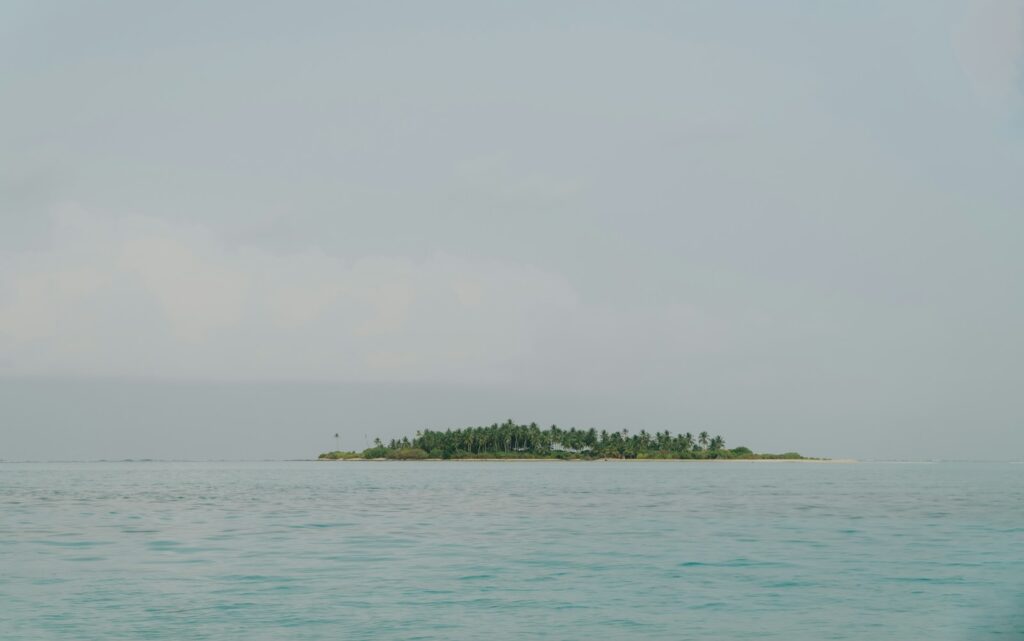
North Sentinel Island is part of the Andaman Islands in the Bay of Bengal and is home to the Sentinelese, one of the last uncontacted tribes in the world. Visitors are strictly prohibited from approaching the island to protect the tribe from outside diseases and interference. The Indian government enforces severe penalties for attempting to land there. The island is densely forested with beautiful beaches, but remains completely isolated. Its isolation preserves the Sentinelese way of life and maintains their traditional customs. Despite its natural beauty, North Sentinel Island reminds the world of the importance of respecting indigenous peoples and their territory. The Sentinelese continue to live in complete isolation, untouched by modern civilization.
2. Svalbard Global Seed Vault, Norway
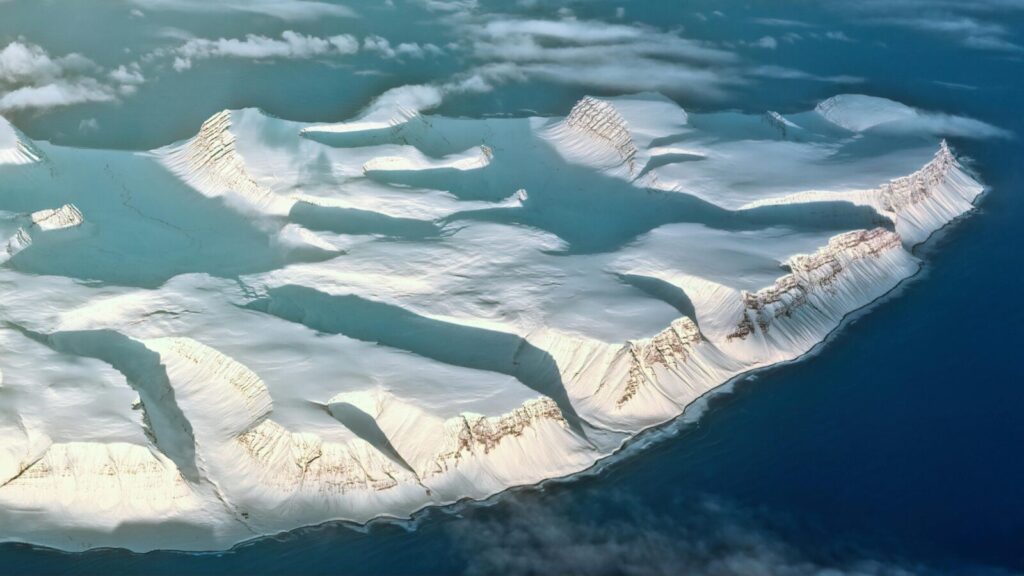
Located on the remote Svalbard archipelago, the Global Seed Vault stores millions of seed samples from around the world. The facility is designed to protect the planet’s crop diversity in case of disasters. Access is highly restricted to scientists and government officials. Tourists cannot enter due to security and preservation concerns. The vault is built inside a mountain to withstand natural and man-made catastrophes. Although it is not visually spectacular to the public, the facility plays a vital role in global food security. Learning about the seed vault highlights the importance of conservation and careful planning for humanity’s future. It represents one of the most important preservation efforts in the modern world.
3. Lascaux Caves, France
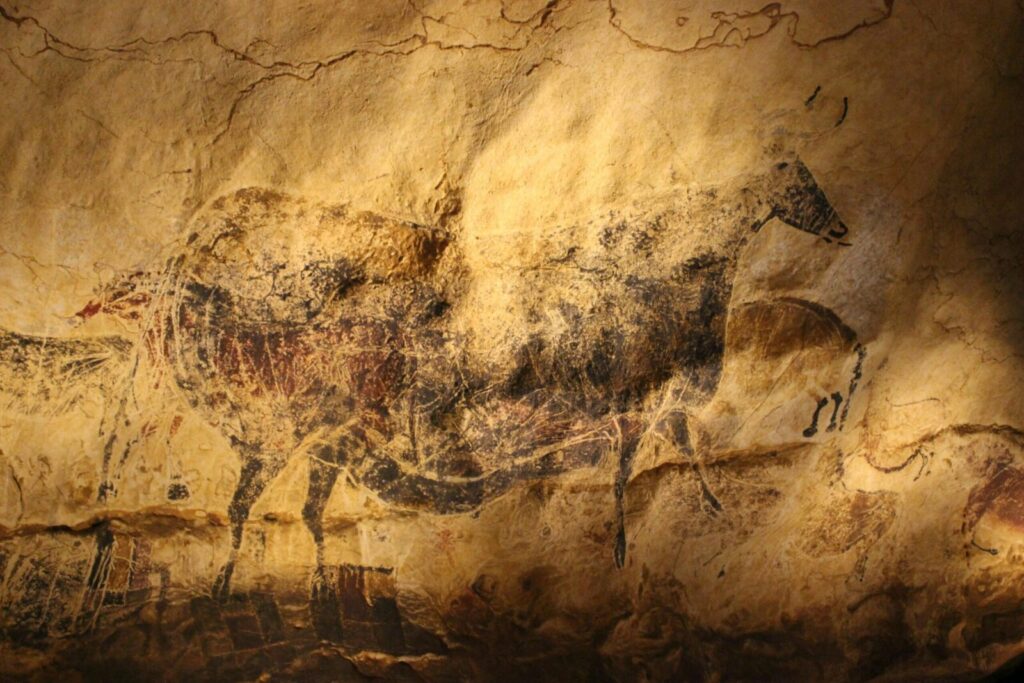
The Lascaux Caves in southwestern France contain some of the most famous prehistoric cave paintings in the world. The caves were closed to the public in 1963 to prevent damage from humidity, carbon dioxide, and light exposure. Replica caves allow visitors to experience the artwork without harming the originals. The original site remains strictly off-limits except for select researchers and conservationists. Lascaux provides a window into early human creativity and storytelling. Restricting access preserves these ancient masterpieces for future generations while allowing the public to admire the reproductions in controlled settings. The paintings show detailed representations of animals and human life thousands of years ago.
4. Poveglia Island, Italy
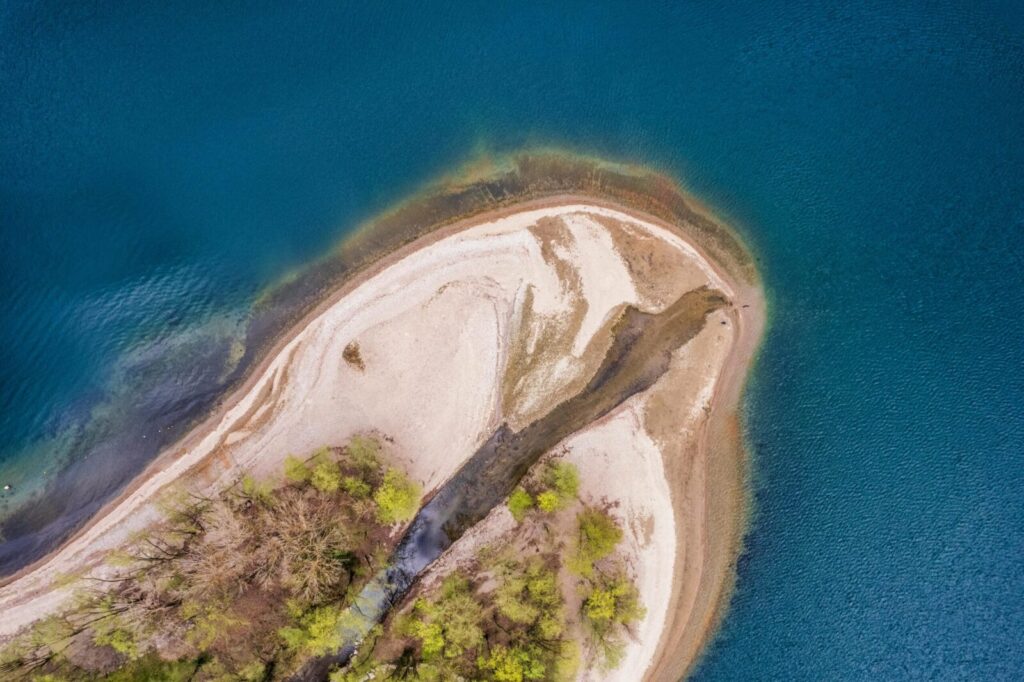
Poveglia Island is located between Venice and Lido and has a dark history as a quarantine site and mental asylum. It is considered haunted, which has contributed to its restricted status. The Italian government does not allow general tourism on the island to preserve safety and prevent vandalism. Poveglia remains overgrown and abandoned, giving it an eerie yet intriguing atmosphere. Only select researchers and authorized personnel may access the site. Its history serves as a reminder of the challenges of public health and the care needed when preserving sites with historical and cultural significance. The island is a destination for curiosity but not for casual visits.
5. Mezhgorye, Russia

Mezhgorye is a secret, closed town in the Russian Urals and is rumored to be a center for strategic military operations. The city is completely restricted to outsiders, and entry is tightly controlled by the Russian government. Little is publicly known about its activities or layout. It symbolizes how some locations are off-limits for national security reasons. While no tourists can visit, Mezhgorye sparks fascination among researchers and enthusiasts interested in secret towns. The existence of such places highlights the balance between transparency and safety in matters of government and defense. Mezhgorye continues to remain hidden from public view.
6. Snake Island, Brazil

Ilha da Queimada Grande, also known as Snake Island, is located off the coast of Brazil and is home to one of the most venomous snakes in the world. Visiting the island is prohibited by the Brazilian government to protect both humans and the endangered snakes. Researchers may obtain special permits under strict safety protocols. Its lush landscape and dangerous wildlife make it a natural laboratory for herpetologists. Snake Island demonstrates how biodiversity can require extreme protective measures. While tourists cannot explore it, the island reminds the world of the importance of respecting wildlife and natural habitats. It is one of the most dangerous islands on Earth.
7. Area 51, United States
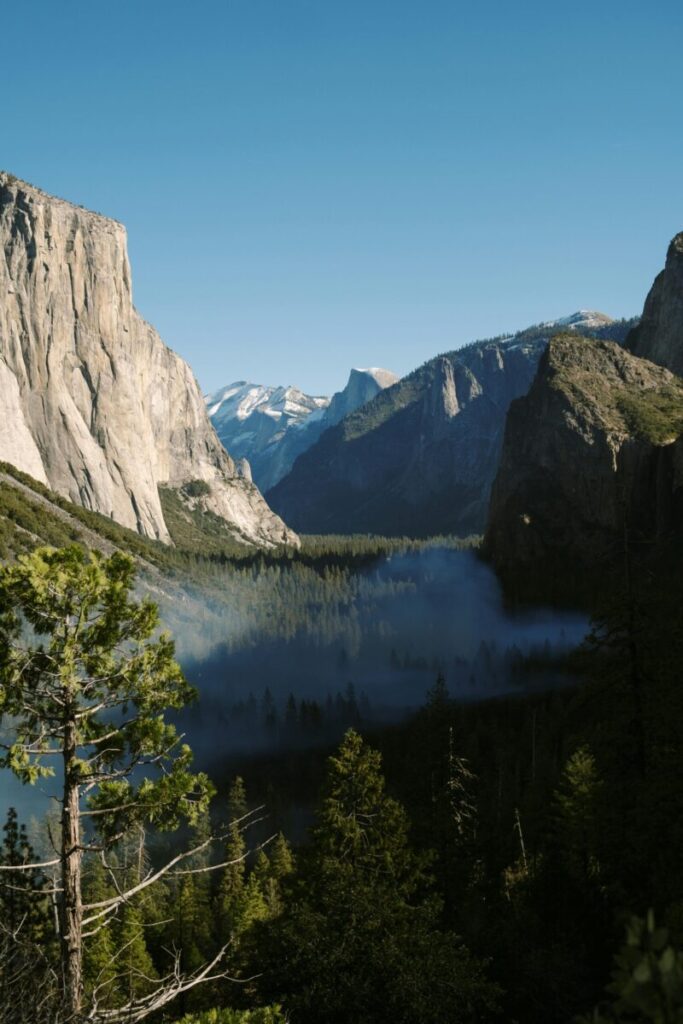
Area 51 in Nevada is a highly classified military facility that has been the subject of numerous UFO and conspiracy theories. The site is off-limits to the public, with restricted airspace and high security. Tourists can only view the base from a distance. Despite its secrecy, Area 51 continues to capture the imagination of enthusiasts worldwide. The government restricts access for safety, national security, and operational reasons. It serves as a symbol of mystery in popular culture. The allure of Area 51 demonstrates how forbidden locations often become even more intriguing because of the stories and speculation that surround them.
Comments